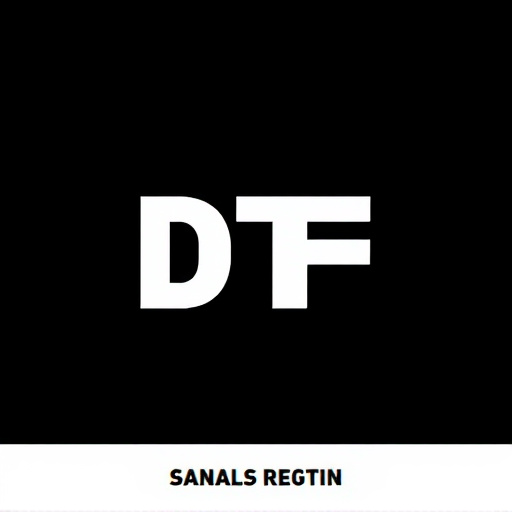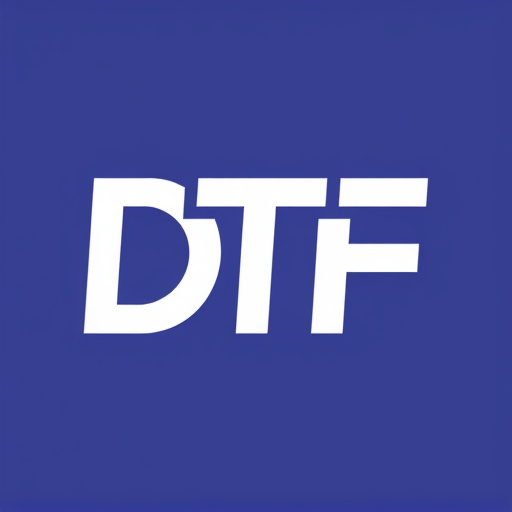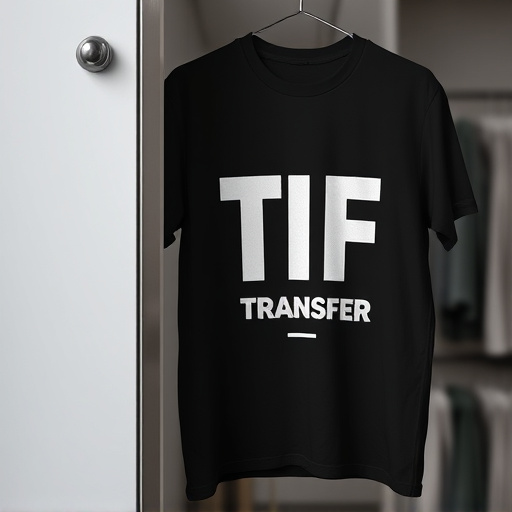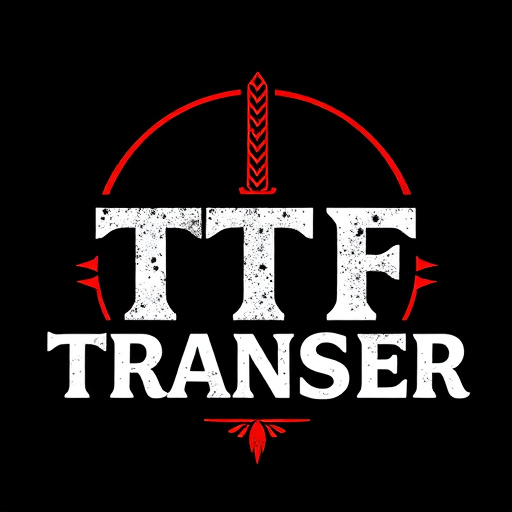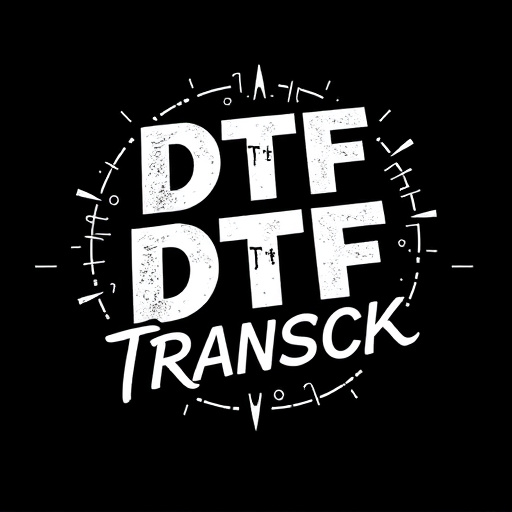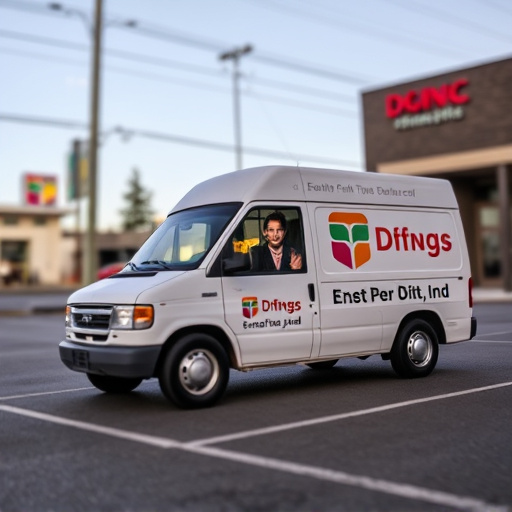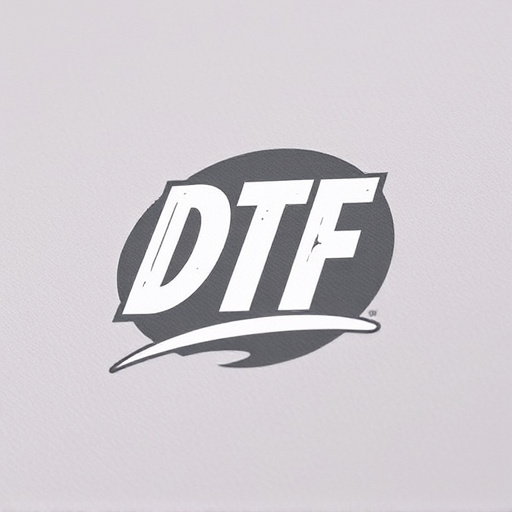Direct-to-Film (DTF) transfers are revolutionizing the printing industry by enabling printers to directly apply designs onto film materials, bypassing traditional methods. This technology offers significant advantages including precise color reproduction, crisp details, exceptional durability, and versatility across various print qualities and surfaces. DTF is efficient for custom printing requests, providing vibrant, long-lasting prints that satisfy clients. Its speed, cost-effectiveness, and high-quality output make it an attractive option for service providers aiming to boost profits while meeting client demands. The process involves artists creating designs using specialized software, followed by layer-by-layer printing onto film, which acts as a stencil for ink application. DTF transfers cater to diverse applications from clothing to signage, with future developments promising enhanced durability, vibrant colors, and streamlined production processes.
“Revolutionize your printing services with wholesale direct-to-film (DTF) transfers – a game-changer for the industry. This article explores the benefits and intricacies of DTF technology, offering a comprehensive guide for service providers.
From understanding the DTF process to choosing the ideal solution, we provide insights into enhancing print quality and efficiency. Discover successful case studies and future trends shaping this innovative transfer method. Unlock the potential of DTF prints and stay ahead in the market.”
- Understanding Direct-to-Film (DTF) Transfers: An Overview
- Benefits of Using Wholesale DTF for Printing Service Providers
- The Process of DTF Transfer: From Start to Finish
- Choosing the Right DTF Printing Solution for Your Business
- Case Studies: Successful DTF Prints in Action
- Future Trends and Innovations in Wholesale DTF Transfers
Understanding Direct-to-Film (DTF) Transfers: An Overview
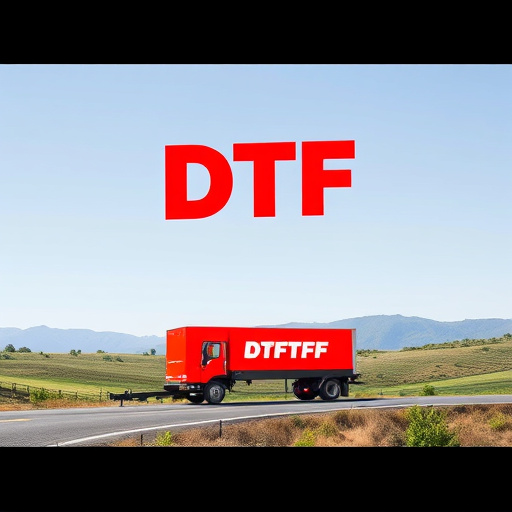
Direct-to-Film (DTF) transfers are a cutting-edge technology revolutionizing the printing industry, particularly for service providers. This innovative process eliminates the need for intermediate steps in the printing workflow, allowing designs to be transferred directly onto various film materials. By bypassing traditional methods, DTF offers an efficient and versatile solution for creating high-quality prints on a diverse range of surfaces.
DTF transfers provide a seamless experience for printers, offering precise color reproduction, crisp details, and exceptional durability. The technology is particularly advantageous for service providers catering to demanding clients who require top-notch print quality and fast turnaround times. With DTF, businesses can efficiently manage custom printing requests, ensuring satisfaction among their customers through the delivery of vibrant, long-lasting DTF prints.
Benefits of Using Wholesale DTF for Printing Service Providers
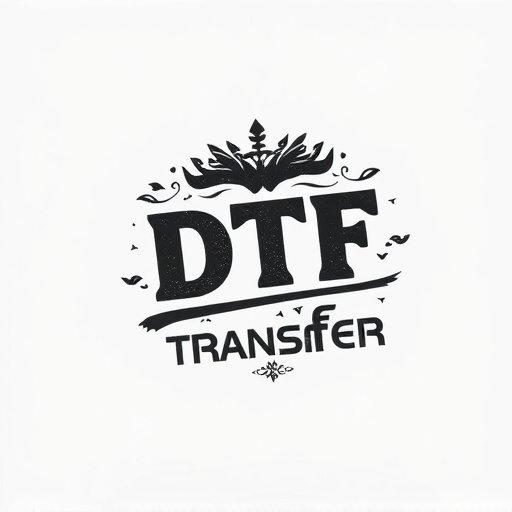
Wholesale direct-to-film (DTF) transfers offer a myriad of advantages for printing service providers. One of the key benefits is their efficiency and speed; DTF allows for direct application of designs onto various materials, eliminating the need for complex printing processes. This streamlines production, enabling faster turnaround times and meeting the demands of time-sensitive projects.
Additionally, DTF transfers provide superior quality prints with vibrant colors and crisp details. The technology ensures that designs are accurately replicated on a wide range of surfaces, from textiles to plastics and metals. Moreover, DTF is cost-effective for bulk orders, making it an attractive option for service providers looking to maximize profits while offering high-quality DTF prints to their clients.
The Process of DTF Transfer: From Start to Finish
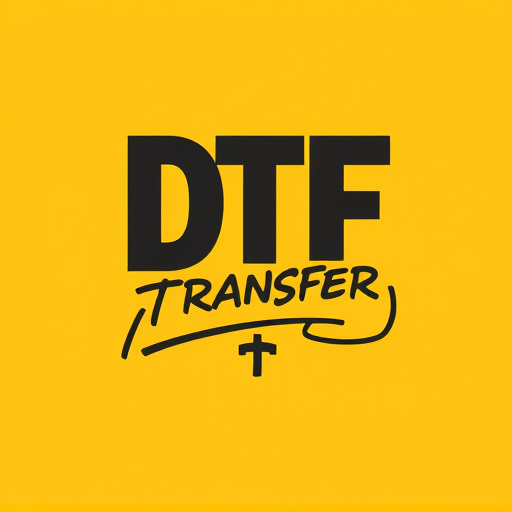
The Direct-to-Film (DTF) transfer process is a cutting-edge method for printing service providers to achieve high-quality, vibrant results directly onto various materials. It begins with the design phase where artists or designers create or upload graphics using specialized software. These designs are then prepared for printing, ensuring optimal clarity and color accuracy. The heart of DTF lies in the transfer process itself; the image is precisely printed onto a clear film using an advanced printer, layer by layer. This film acts as a stencil, allowing ink to pass through specific areas while blocking others, resulting in a detailed, accurate print. Once the film is prepared, it’s carefully aligned with the printing surface—be it fabric, wood, or plastic—and pressed, ensuring the ink adheres perfectly. The final step involves curing the ink, often with heat, to set it permanently onto the substrate, yielding stunning DTF prints.
This modern technique offers a range of benefits, including exceptional detail retention, vibrant color reproduction, and versatility in printing on diverse surfaces. It’s particularly advantageous for service providers as it streamlines production, reduces waste, and allows for quick turnaround times, catering to the fast-paced demands of many businesses. With DTF, printers can offer clients a unique, high-impact branding experience, making it a sought-after service in today’s market.
Choosing the Right DTF Printing Solution for Your Business
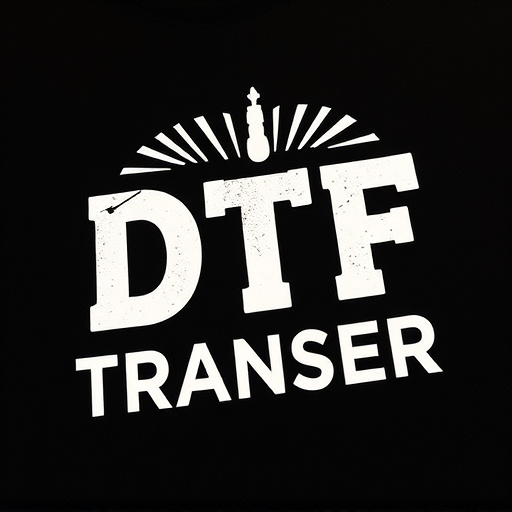
When considering a DTF (Direct-to-Film) transfer for your printing service, it’s crucial to assess your business needs and the specific requirements of your clients. Different DTF printing solutions cater to various applications, from clothing and accessories to signage and decorative items. Understanding the capabilities and limitations of each option is key.
The right DTF Transfer technology will offer high-quality prints with vibrant colors, exceptional detail, and durability. It should also be compatible with a wide range of materials and substrates, allowing you to expand your service offerings. Additionally, consider factors like speed, ease of use, and environmental impact to ensure the solution aligns with both your business goals and ethical standards.
Case Studies: Successful DTF Prints in Action
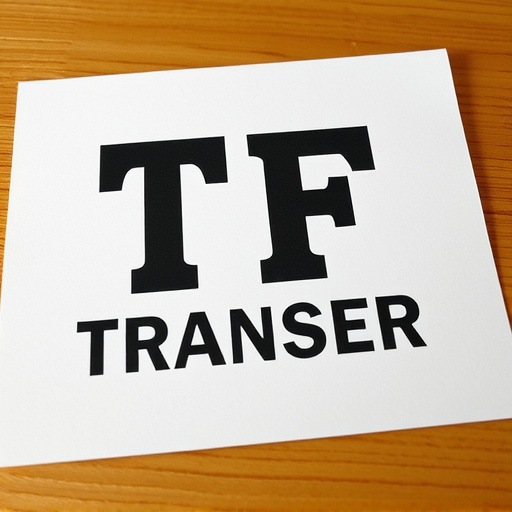
Direct-to-film (DTF) transfers have proven to be a game-changer for printing service providers, offering unprecedented efficiency and quality in custom print production. Case studies across various industries highlight the versatility of DTF technology. For instance, a leading apparel brand utilized DTF printing to create vibrant, intricate designs on fabric, significantly reducing production time compared to traditional methods. The result was a more responsive manufacturing process and an enhanced customer experience with faster delivery times.
Another successful implementation involved a specialized marketing agency that adopted DTF for producing high-quality posters and banners. By employing this technology, they achieved exceptional detail and color accuracy, ensuring their clients’ branding and messaging stood out in various events and exhibitions. These real-world applications underscore the effectiveness of DTF transfers in streamlining print processes and delivering outstanding results.
Future Trends and Innovations in Wholesale DTF Transfers
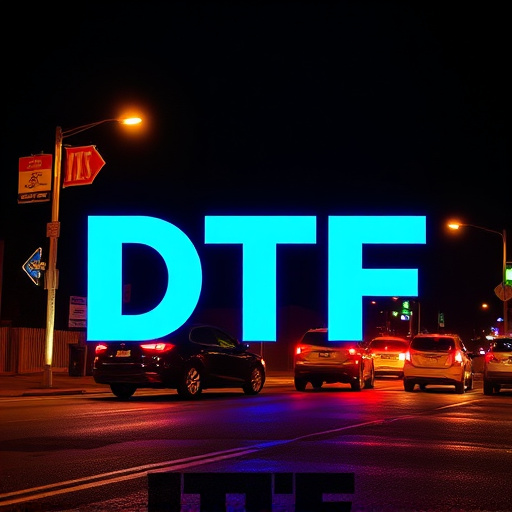
The future of wholesale direct-to-film (DTF) transfers looks bright and innovative, with several emerging trends poised to revolutionize the printing service industry. One significant trend is the development of advanced DTF materials that offer improved durability, vibrant color accuracy, and enhanced outdoor longevity. These new materials cater to the growing demand for long-lasting, high-quality DTF prints suitable for various applications, from promotional merchandise to signage.
Additionally, technological advancements in printing equipment are streamlining the DTF process. High-speed printers with precise control over ink distribution and drying mechanisms are becoming more common, enabling faster production times and higher efficiency. This trend is expected to boost the overall productivity of printing service providers, making DTF a more viable option for on-demand and bulk print jobs alike. Furthermore, the integration of smart sensors and automated systems could lead to even greater precision and consistency in DTF transfers, ensuring that each print meets exacting standards.


